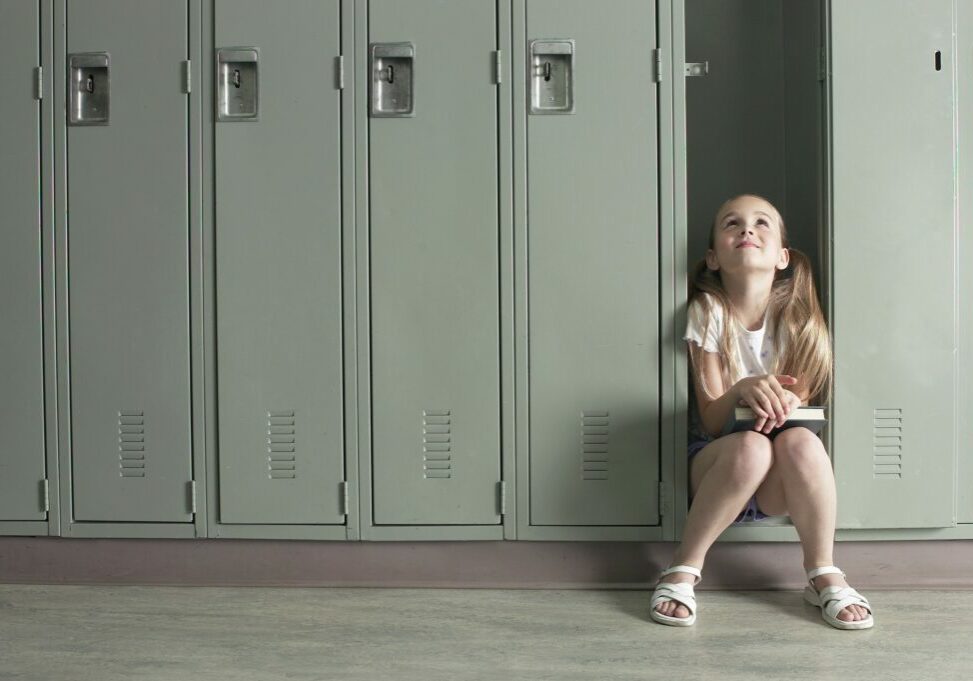Published in the April 2016 NJEA Review
by Adrienne Markowitz and Eileen Senn
Mold is perhaps the most troublesome indoor air quality (IAQ) problem facing NJEA’s local associations. Mold is a problem confusing to many, difficult to prove, and expensive to fix. Mold is sometimes visible but is often hidden behind walls and ceilings, under carpets, and inside ventilation systems, which can make detection challenging.
Controlling mold means getting the water, moisture and humidity out of school buildings. This frequently involves major investments in plumbing, roofing, exterior walls, foundations and ventilation systems. Such improvements don’t come cheaply or easily. Meanwhile staff and students may suffer from a wide range of mold-related respiratory and allergic health effects, including asthma development and exacerbation, shortness of breath, wheezing, coughing, respiratory infections, bronchitis, allergic rhinitis, eczema and other rashes.
Districts often hire IAQ consultants to advise them on mold. Such consultants are expensive and usually recommend expensive and lucrative mold air sampling. But sampling the air for mold is a tricky business. Mold growth fluctuates day to day with changes in temperature, humidity, ventilation and precipitation. There are no standards or nationally recognized guidelines regarding the collection, analysis, or interpretation of mold in air. Results may show no excess of mold, while in reality the building conditions are causing health problems for occupants. Such a “clean bill of health” may be far from the truth, but the district may use it to avoid fixing the problem. And such sampling can squander district funds that could be better spent on controlling mold problems.
Industrial hygienist Diana Crowder, consultant with the New Jersey Work Environment Council (WEC), has recently assisted locals in Clark Township, Hopatcong, Pleasantville, and West-Windsor Plainsboro with mold problems. In three of the four cases, mold air sampling has given the schools a “clean bill of health,” weakening the locals’ cases.
Experience has shown that local associations should say “no” to mold air sampling and insist on better approaches by districts and their consultants. Receiving early assistance from WEC on how to best approach a mold problem is advisable and can be requested through a local’s UniServ field representative.
Local association action plan for mold
Local associations should develop a response to the suspected presence of mold that includes these actions:
- Identify and document problems. Locals should insist that suspected mold problems be investigated using school walk-throughs and interviews of school occupants and maintenance staff. Often, finding mold problems is best done with observations and interviews—inspecting the ventilation system; observing housekeeping and maintenance practices; inquiring about any history of leaks, flooding, or other water intrusion in the building; and listening to the stories and concerns of the occupants. See the NJEA Health and Safety Manual on how to conduct walk-throughs and use checklists. Pages 82 and 83 cover mold industrial hygiene sampling and Table 4 presents alternatives to air sampling such as measuring moisture and mold in building materials.
- Identify affected staff and students. Investigators should talk to the school nurse to find out whether he/she has observed an increased incidence of health complaints. Details about the nature of the complaints and the work areas of those affected will be helpful. It may be useful to do a formal, written IAQ survey of staff.
- Inform staff, parents, and other allies. Locals should inform staff about the mold problem and publicize progress. Don’t forget parents, community leaders and other allies; joining forces can help you make a stronger case for improvements. Clear information can help everyone understand how serious mold hazards are and why they need to be addressed.
- Mobilize and take collective action. With mold hazards and solutions identified and members and allies informed, the association will be in a great position to mobilize everyone and pressure the district to invest the resources required to solve mold problems.
Adrienne Markowitz holds a Master of Science in Industrial Hygiene from Hunter College, City University of New York. Eileen Senn holds a Master of Science in Occupational Health from Temple University in Philadelphia. They are consultants with the New Jersey Work Environment Council, which is a frequent partner with NJEA on school health and safety concerns.
